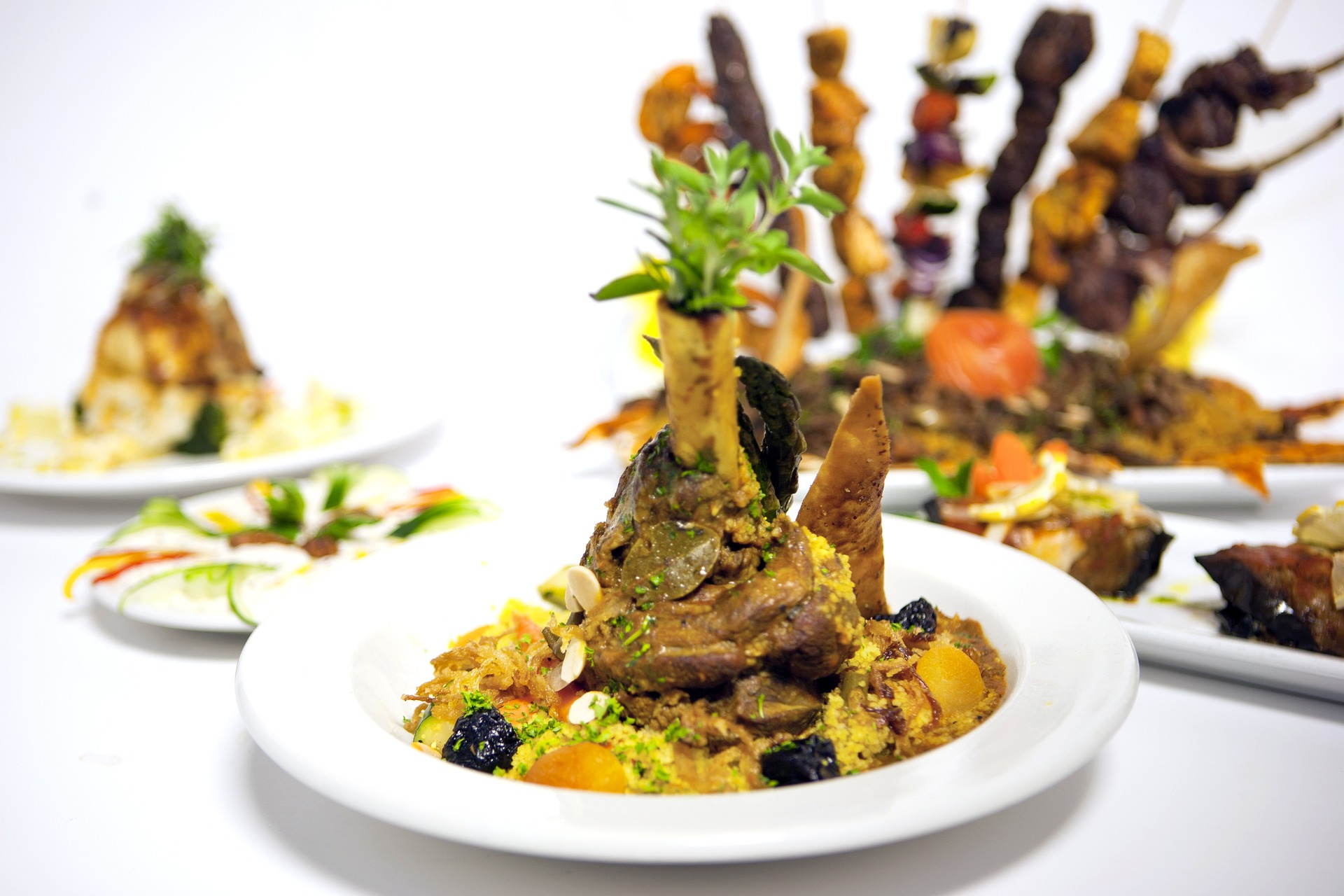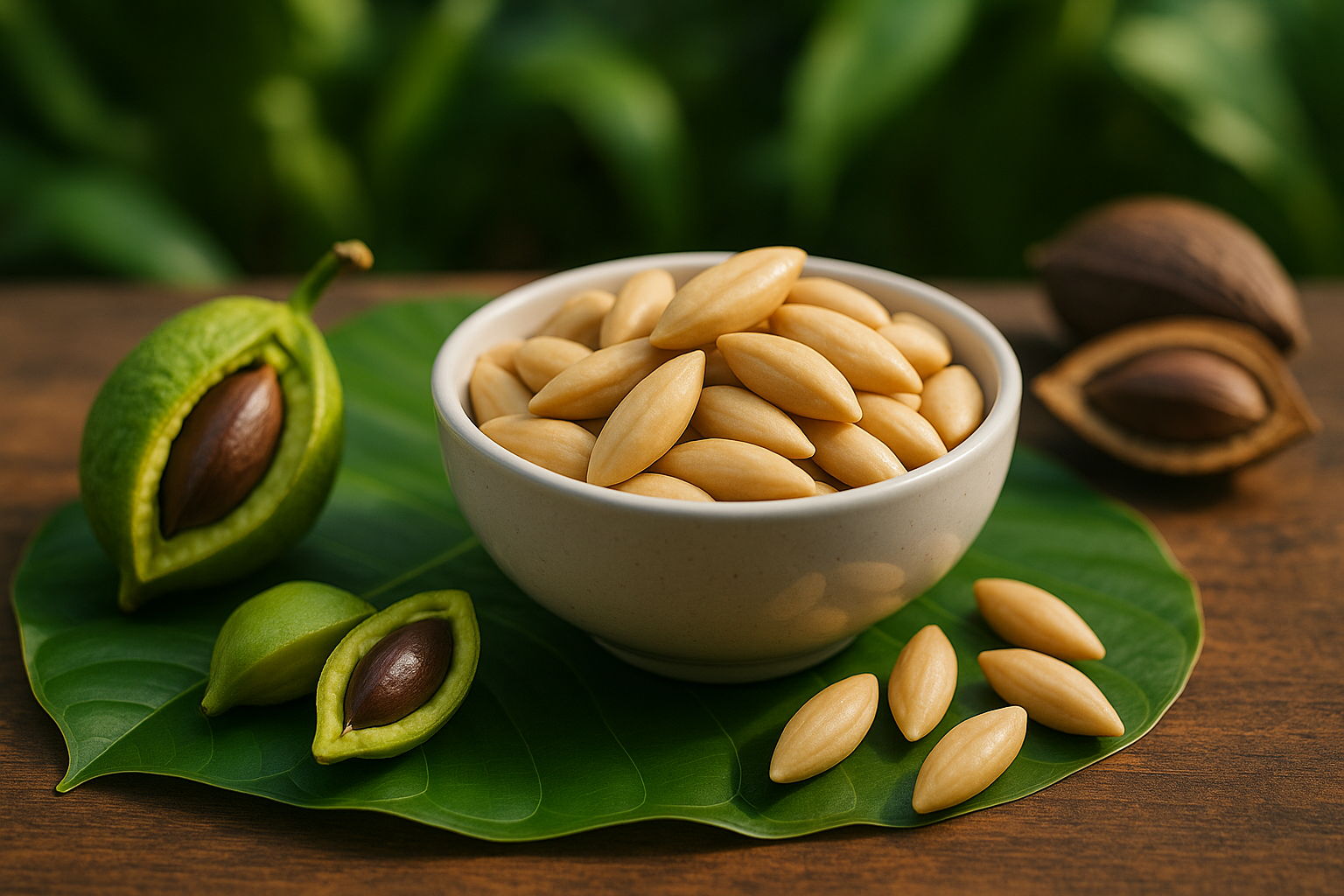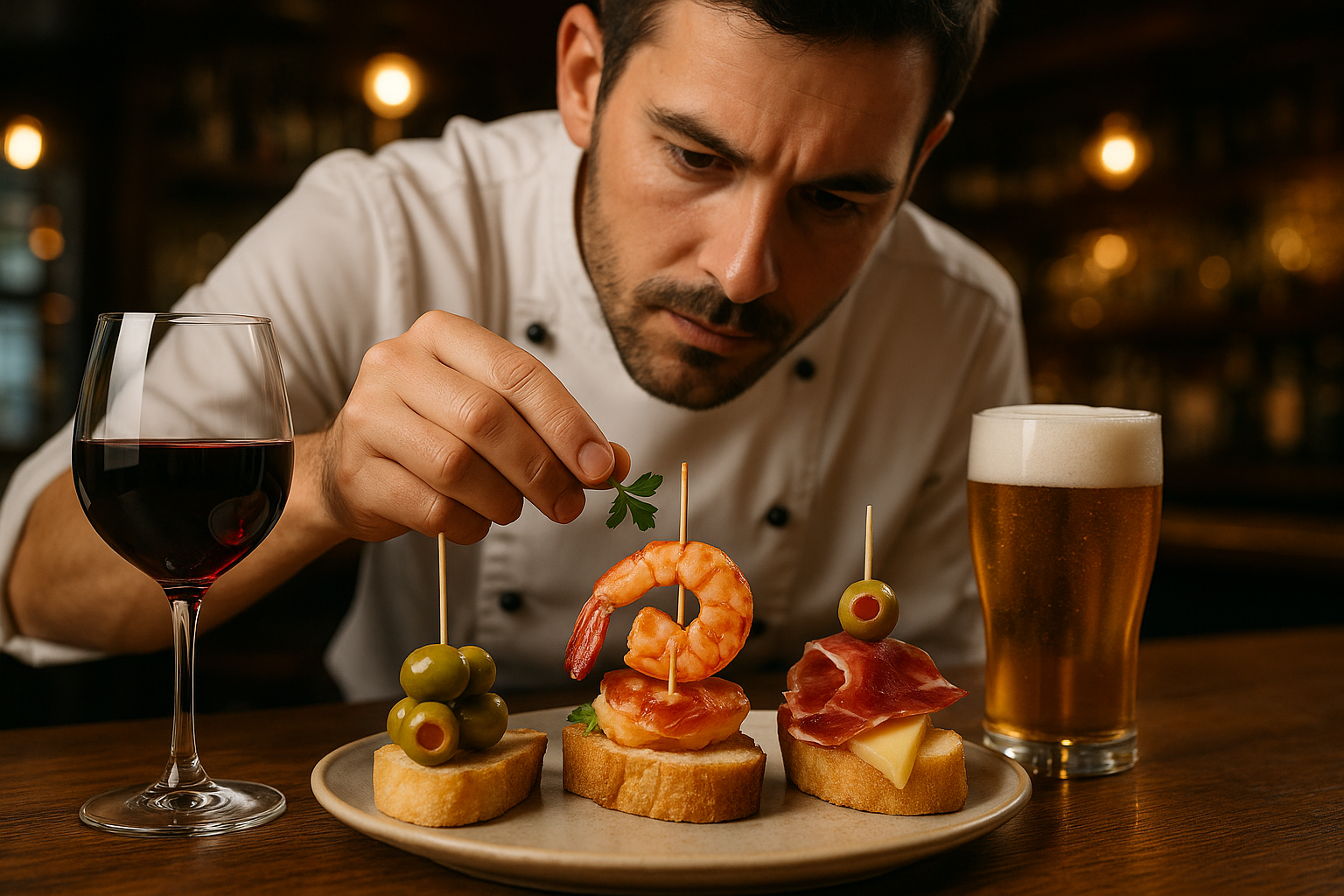Savouring the Exquisite Flavors of Cambodia's Lesser-Known Cuisine
The kingdom of Cambodia, a Southeast Asian nation rich in history, culture, and stunning landscapes, offers a culinary adventure that’s yet to be fully explored by the global gastronomic community. The flavors from this part of the world are a delightful amalgamation of sweet, sour, salty, and bitter, which often come together in a single dish. Let's embark on a journey to discover the unique Cambodian cuisine, often overshadowed by its more well-known neighbours, Thailand and Vietnam.

Cambodian cuisine, or Khmer cuisine, is a fascinating blend of indigenous fare and foreign influences. It often surprises first-time tasters with its distinct yet harmonious flavors. This article explores the hidden gems of Cambodian cuisine, its unique techniques, and how it’s slowly finding its way onto the international culinary scene.
A Taste of History
Cambodian cuisine is deeply rooted in the country’s history and geography. The fertile land of Cambodia, blessed by the Mekong River and Tonle Sap lake, produces an abundance of rice and freshwater fish, both of which are staples in Khmer meals. The cuisine also reflects influences from India, evident in the use of spices like turmeric, and from China, seen in noodle dishes and stir-fries.
The Art of Fermentation
Though fermentation is a common technique across Asian cuisines, Cambodian cuisine uses it uniquely. Prahok, a fermented fish paste, is a quintessential ingredient in many dishes, lending a distinct umami flavor. While the topic of fermented foods is widely covered, the specific use of prahok in Cambodian cuisine offers a fresh perspective on the art of fermentation.
The Royal Influence
The Royal Khmer Cuisine, developed and refined within the walls of the royal palace, has played a significant role in shaping Cambodia’s culinary landscape. These dishes, such as amok trey (steamed curried fish) and nom banh chok (Khmer noodles), are incredibly complex, showcasing the meticulous nature of the cuisine.
Street Food Delights
From bustling markets to roadside stalls, street food is an integral part of Cambodian food culture. Kuy teav (rice noodle soup), bai sach chrouk (grilled pork and rice), and deep-fried bananas are popular street foods that offer a glimpse of everyday Cambodian flavors.
Cambodian Cuisine on the Global Stage
Despite its rich culinary heritage, Cambodian cuisine is not as globally recognized as other Asian cuisines. However, the recent years have seen a surge in interest, with Cambodian restaurants popping up in cities like London and New York, and chefs like Gordon Ramsay exploring and promoting Khmer cuisine.
Key Aspects of Cambodian Cuisine
-
Rice is a staple, often served with every meal.
-
Freshwater fish from the Tonle Sap lake and Mekong River is commonly used.
-
Unique use of fermented fish paste, prahok, for umami flavor.
-
A balance of sweet, sour, salty, and bitter flavors in a single dish.
-
Street food culture, offering a range of snacks and meals.
As we unravel the layers of Cambodian cuisine, we realize that it’s not just about the food. It’s about the history, the culture, and the people. It’s about centuries-old traditions passed down through generations. By exploring these lesser-known cuisines, we not only expand our culinary horizons but also delve deeper into the diverse cultures that make up our world. So, the next time you’re on a gastronomic adventure, remember to look beyond the popular and familiar. Who knows, you might just discover a new favorite!




